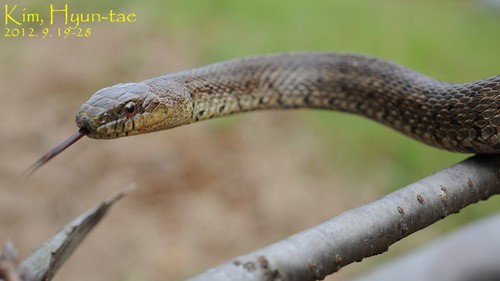Korean ratsnake
A species of Ratsnakes Scientific name : Elaphe anomala Genus : Ratsnakes
Korean ratsnake, A species of Ratsnakes
Scientific name: Elaphe anomala
Genus: Ratsnakes
Content
Description General Info
Description
Elaphe anomala commonly known as the Korean Rat Snake is a non-venomous species of colubrid snake known from China and Korea. Its common names include Amur ratsnake, southern Amur ratsnake, and faded Russian ratsnake. It is a semi-arboreal snake that can be found in grasslands, dry scrub, rocky areas, and on the banks of rivers and lakes. It grows to 150â180Â cm (59â71Â in).
General Info
Lifespan
10-20 years
Diet
Korean ratsnake primarily feeds on small mammals, especially rodents. It exhibits complex hunting strategies, using stealth and speed, and occasionally partakes destructive feeding, consuming large quantities in one go.
Appearance
Korean ratsnake is a medium-sized snake with a streamlined body covered in smooth, shiny scales. It predominantly exhibits a rich brown coloration, interspersed with darker brown or black irregularly-shaped blotches. The underbelly is usually creamy or yellowish with immaculate patterns. They have a round body shape and a slender tail. As it matures, its hue becomes darker. There are no significant differences between genders or subspecies.
Behavior
Korean ratsnake is a solitary, nocturnal species, displaying a keen hunting behavior. This predator relies on its excellent sense of smell and subtle body movements to capture prey. Korean ratsnake exhibits non-aggressive territoriality, with individuals generally steering clear of inhabited areas. Their primary survival adaptation is their camouflaging skin pattern, allowing them to blend seamlessly within their environment.
Population
Decreasing
Scientific Classification
Phylum
Chordates Class
Reptiles Order
Lizards and snakes Family
Colubrids Genus
Ratsnakes Species
Korean ratsnake 